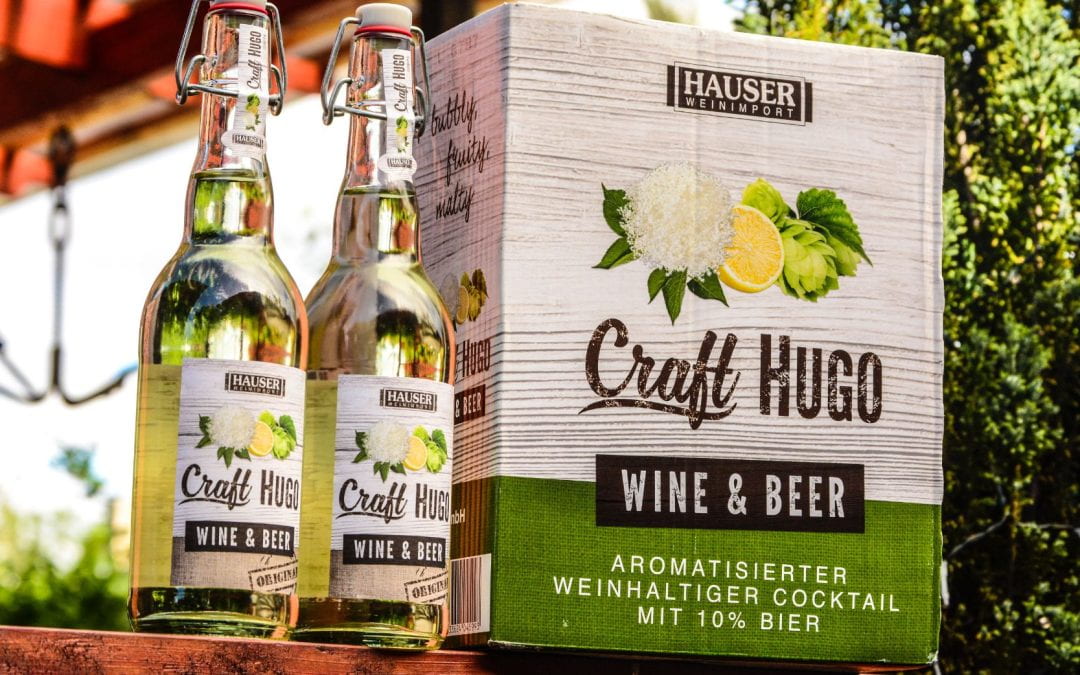In August 2022, Green Party MP Chlöe Swarbrick’s bill to restrict alcohol advertising and sports sponsorship presented an opportunity to do something meaningful, at last, about the harms alcohol inflicts in our communities.
I have been researching the effects of alcohol for more than 40 years and, throughout this time, the situation with those most at risk has remained relatively stable, namely, most harm is associated with heavy drinking by young men.
While the scene is changing for women, the main feature national alcohol surveys identify is a stable population bubble of heavy drinking by young men that begins around the age of 18 and tails off around 30 , presumably as babies and mortgages start biting in.
I see the two most important factors associated with this bubble as harm and money.
With regards to harm, young men’s heavy drinking inflicts a broad range of problems that include injuries—not just on the road, but at home, at work and at sea—violence, both in the home and in public, poor mental health, including depression and suicide, and impacts on their capacity for loving relationships.
As far as money goes, heavy drinking by young men means they are, at the same time, spending heavily. From an industry perspective, this turns this period of their lives into a golden bubble capable of yielding extraordinary profits; profits that provide both the incentive and the capacity to ensure nothing interferes with it.
The alcohol industry’s chief weapon in maintaining this golden bubble is alcohol advertising and other forms of marketing, including social marketing online.
Their investment in marketing seeks to maintain this bubble in three ways. First, it aims to ensure a steady stream of boys growing up into young men are recruited and keep entering this bubble, second, for those drinking heavily in the bubble, marketing aims to normalize this pattern of drinking and, third, for those tempted to exit the bubble, it aims to entice them to stay a little longer.
Let’s focus in on sports sponsorship as one important part of alcohol marketing. Imagine how much money must be involved in sponsoring a rugby, cricket , basketball, yachting or football team. It is not just the money sporting stars and sports clubs get out of it, but also the money needed for associated naming rights, for stadium signage, for logos on uniforms and for media coverage.
Now, imagine a group of schoolboys discussing the prospects for their favorite rugby team next weekend. They all play rugby and all aspire to play like their sporting heroes. They intersperse their energetic conversation with checking out, on their mobile phones, photos and videos of their heroes’ performance. The talk is highly charged and, at the same time, constantly infused with images of alcohol brands and logos.
As can be seen, sports sponsorship is focused on recruitment, on softening up and paving the way for heavy drinking later. It serves to imprint indelibly in schoolboy minds the link between alcohol and all that surrounds high-profile sports: excitement, social acceptance, sporting prowess, success and male camaraderie. And, in so doing, it aims to prepare these boys-cum-young-men for recruitment into the golden bubble once they leave school, get jobs and obtain some discretionary income.
Successive governments have put little in place to unsettle the stability of this golden bubble. But, if this bill had succeeded, banning alcohol sports sponsorship will go a long way to reducing the industry’s capacity to continue to recruit large numbers of boys into being disposed to heavy drinking as young men.
In April 2023, Chloe Swarbrick’s Alcohol Harm Minimisation bill failed at its first reading, after only a handful of Labour MPs voted for it.
See more about this here: Alcohol Healthwatch
Text by Peter Adams. Image by ph

Recent Comments